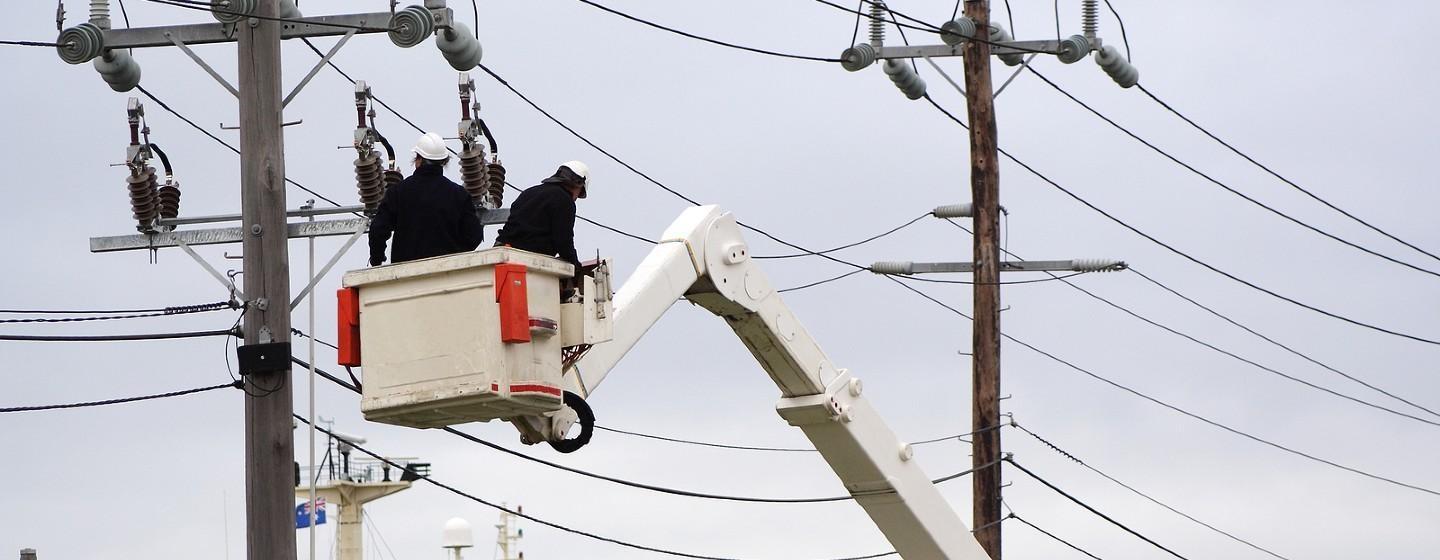NY Will Set $15 Per Month Price Cap on High-Speed Internet for Low-Income Earners

Broadband Access in New York State
Broadband internet service will soon be available to low-income New Yorkers for as little as $15 per month with an option to pay a few more dollars for higher speeds under an agreement reached in this year’s state budget.
The deal will also require the state to study access and reliability of high-speed internet service statewide, including in historically underserved rural areas.
Both initiatives are part of the state’s effort to expand broadband access and affordability across New York, where patches of consumers have often complained about either unreliable or unaffordable internet services.
Now, most internet service providers in New York will be required to offer separate packages for low-income consumers starting at $15 per month. That price will include taxes, fees, and any rental costs from the provider.
Plans Available to Low-Income New Yorkers
The $15-per-month plan will include what’s defined by the state as high-speed internet, which will allow download speeds of 25 Mbps and upload speeds of 10 Mbps.
That’s basically enough to surf the web and stream television, but could present challenges at times for families with several devices connected at once. Some advocates for broadband access had pushed for higher minimum download speeds to consumers.
But for a few dollars more, low-income New Yorkers will be able to secure download speeds of up to 200 Mbps, which will be more than enough in most cases. Those plans will be capped at $20 per month for low-income earners.
After five years, internet service providers may be able to bump up the price of these plans by either the rate of inflation, or a small percentage change.
And after two years, the state Public Service Commission will also have the option to raise the minimum download speed.
Who’s Eligible for the Price-Capped Plans?
To qualify for one of those plans, New Yorkers will have to show that they’re receiving some form of public assistance, or an existing affordability benefit from a utility provider.
In terms of public assistance, those interested will have to be eligible for one of these:
- The Supplemental Nutrition Assistance Program, better known as food stamps
- Medicaid
- Either a senior citizen of disability rent increase exemption
- Free or reduced-price lunch at school
There is no income cap included in the legislation, but the programs listed above are income-based, for the most part.
When Will Those Plans Be Available?
Most internet service providers will be required to start offering those plans to low-income New Yorkers as soon as two months after the budget is passed. That’s expected to happen this week, placing the availability of those plans at the start of June.
But not every internet service provider in the state will be held to the mandate.
According to the legislation, internet service providers that serve fewer than 20,000 households may not have to provide separate plans to low-income New Yorkers if the state Public Service Commission finds the change could set an unsustainable burden on that company.
The state’s larger internet service providers — like Spectrum and Verizon Fios — have more than enough customers to be held to the new law.
Internet service providers that are found to have violated the law could be subject to restitution paid to consumers, and a fine of up to $1,000 per violation, according to the law.
And yes, providers will be required to bundle those plans with other services, like television. But the other products in that package won’t have a similar price cap.
New York Will Also Study Broadband Accessibility and Affordability
New York will also require the state Public Service Commission to study the accessibility and affordability of high-speed internet throughout the state.
The law, called the Comprehensive Broadband Connectivity Act, will require the agency to review internet access and reliability at the census block level, which is a subdivision of a census tract. Essentially, it's a more focused area.
That review will look at internet speeds, who provides the internet, if there’s any competition among providers in the area, the reliability of internet services, and more. At least two public hearings are required to be held by the agency, one upstate and one downstate.
That’s all expected then to result in a report delivered to the governor and the Legislature. The report is due one year after the bill becomes law. That’s expected to happen this week.
Related

After Pocket Veto, Cuomo Will Propose Legislation to Study Broadband Access in NY
The bill had been intended to supplement data on broadband access from the federal government, which publishes statistics on high-speed internet availability each year.
Assemblyman Angelo Santabarbara discusses issues standing in the way.


